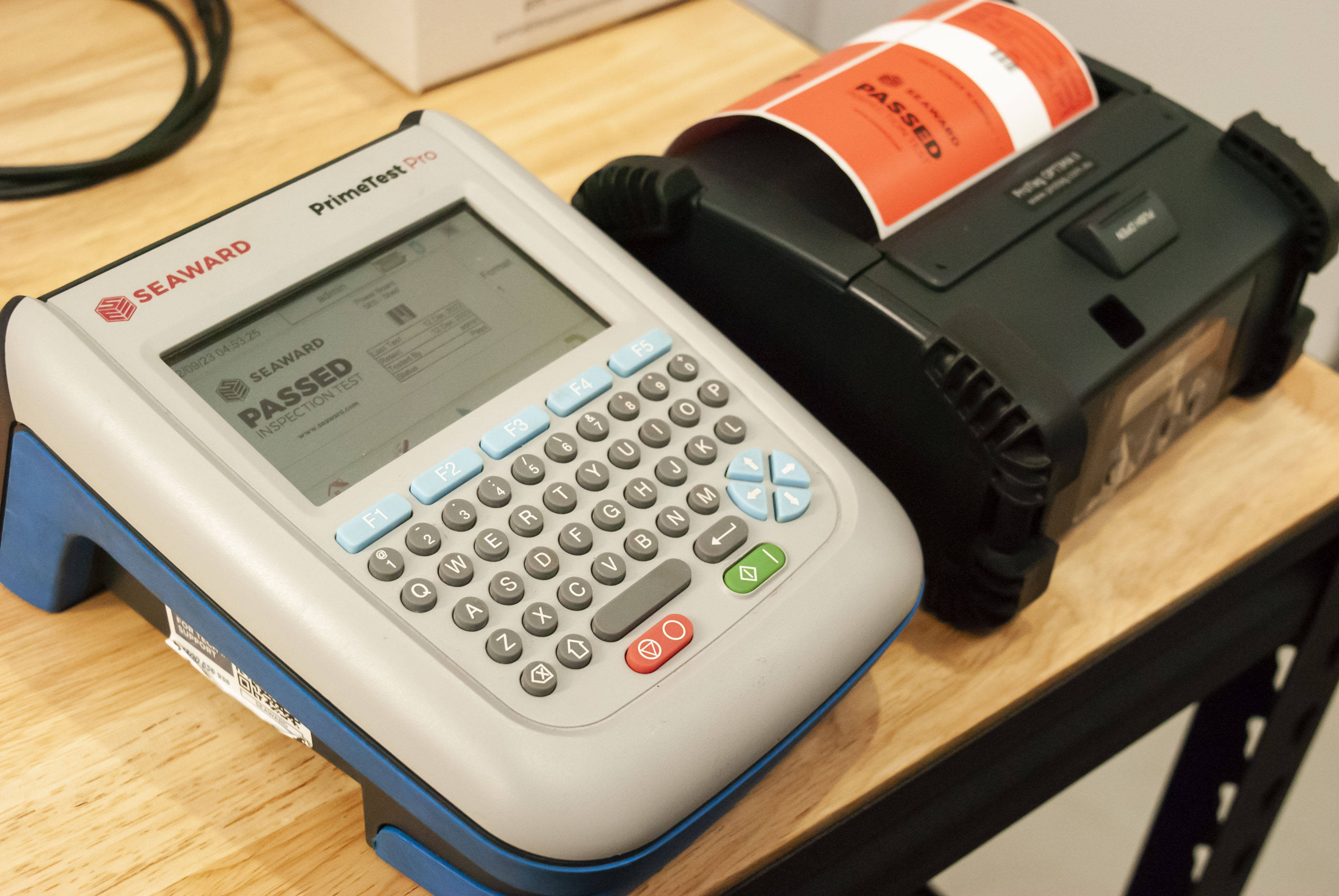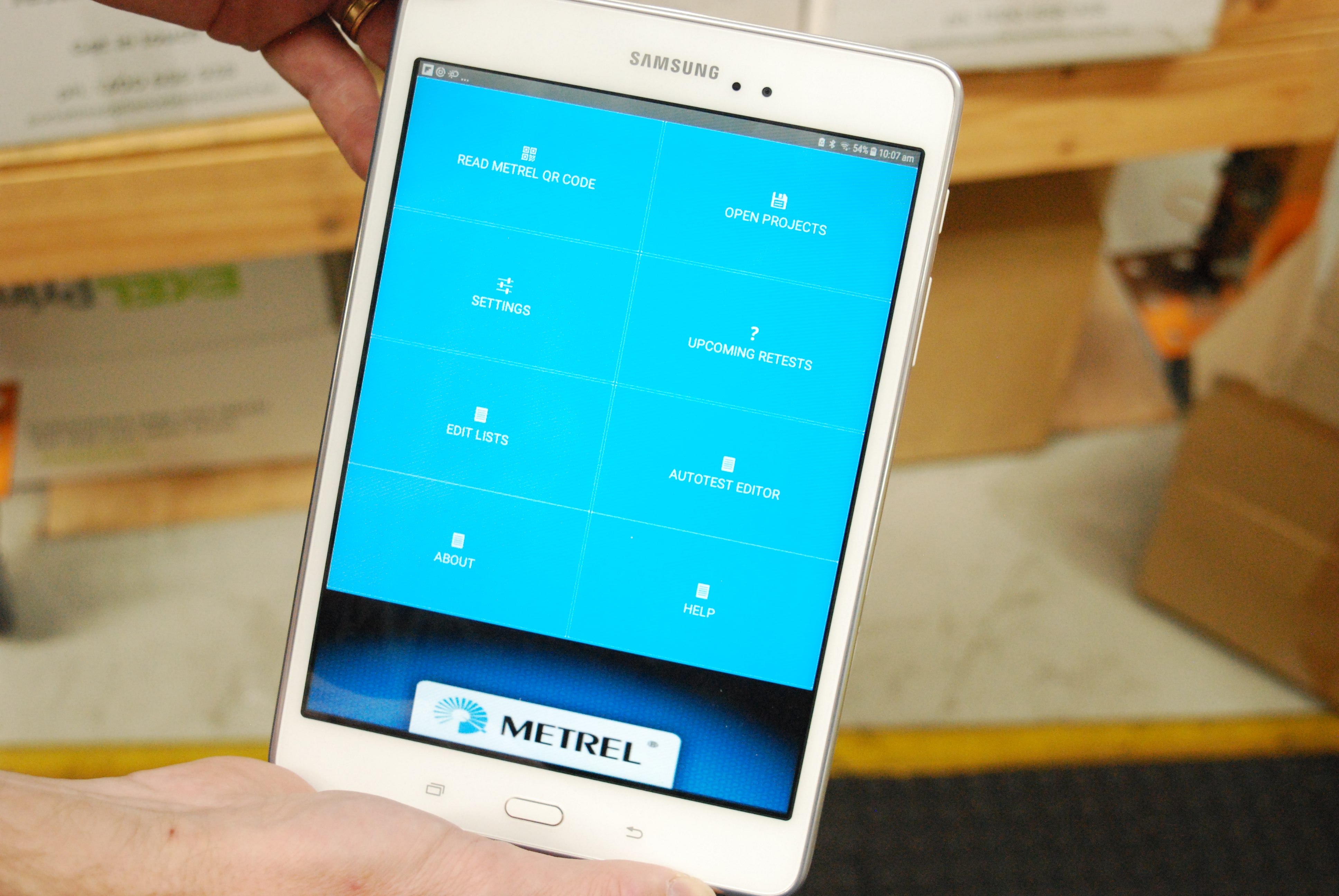Technological Advancements in PAT Testing: Then VS Now
If you're in the world of test and tag, you know how vital it is to keep things safe and sound. Thanks to the rapidly changing technological environment, things have gotten a lot easier, and it’s only going to get better from here (Welcome, AI). Talking specifically about Portable Appliance Testing, which is a crucial part of the test and tag industry, there have been some serious changes over the years that have transformed the PAT testing game.
Let’s revisit some of the biggest technical upgrades to Portable Appliance Testers that have made testing and tagging a whole lot breezier.
Portable Printers for easy tagging
Starting off with printers - one of the biggest game changers. Gone are the days when you had to print out tags and write them manually. Now, with the introduction of portable printers like the Zebra ZQ521 or the Toshiba Portable Thermal Printer, you can simply connect them to your appliance tester or Android tablet and let it do its magic. These printers are designed to simplify the tagging process by automating it. When you connect your PAT tester or tablet, the printer can generate a complete test tag, including your company details, test and retest dates, and license information.
And that’s not even the best part, what makes these printers great is their portability. Most of the printers are Bluetooth and battery-powered, which typically means that you can get on with your job and move freely without being attached to a power outlet. So, whether you're testing appliances on-site or in a remote location, you can print tags with ease.

Built-in Bluetooth Connectivity
Another significant technological advancement was the integration of built-in Bluetooth in PAT Testers which happened around 2017. Bluetooth allows the PAT testers to be wirelessly connected to the printers and the Android devices. This feature has huge benefits as it makes recording data and printing tags super simple. Some of the best PAT testers kits that offer this functionality are the Metrel Delta Pro Print Pack and the Seaward Primetest Pro Kit.
Bluetooth connectivity is all about flexibility and efficiency. If you’ve been in the industry for a long time, you’d know how easy it is now to create reports and manage data on-site, without needing to be around a computer all the time. All you need to do is sync up your PAT Tester and Android tablet. Additionally, you can use handy apps like the Metrel aPat app and the Wavecom WINPats Android app that streamline the process. It’s worth noting that these apps work with Android devices only and there is currently no support for Apple iOS devices.
Battery Power for Portability
This is an ultimate feature addition, considering PAT Testing requires a lot of moving and testing appliances on-site or at remote locations that do not always have power outlets. In 2014, Seaward and Metrel became the first brands to incorporate battery power into their units, thus eliminating the need to rely on a 240v power outlet to get the job done. More manufacturers now understand this technical requirement and are coming up with testers that are battery-operated. One of the most recent upgrades is the 6th Gen Wavecom TNT EL which now has battery-operation built in, that gives you portability in an entry-level machine.
Imagine increasing productivity and taking mobility to the next level, by pairing a battery-powered PAT tester with a battery-powered printer. You won't have to stress about finding a power source, making your work so much more efficient and flexible.
Apps for Efficient Data Entering
We have touched upon this before, but it definitely needs a section of its own. Apps are the lifesavers we didn’t know we needed. They are literally taking the pain out of data entry for PAT Testers. So, what can these apps do? Well, for starters they simplify the process by enabling you to recall previous tests, create reports, and manage data remotely. Imagine, having to understand and interpret all your test results written on a piece of paper in this day and age. With these apps, you have the convenience of quickly accessing past records, eliminating the need to worry about formatting and creating reports as the app does it for you, streamlining the process and enabling better decision-making.
This is a big step up from writing data manually and struggling to understand it later. Designed for user-friendliness, these apps make PAT Testing more efficient and straightforward. Plus, they reduce the chances of human error, ensuring your records are accurate.
Professional Reports with PC Programs
When it comes to presenting your testing results to your superiors or clients, professionalism is key. PC programs are now available to import data from your appliance tester, allowing you to create polished, detailed reports. As part of the 3760 standard, using logbooks to record all tests is mandatory, however, there’s no doubt that digitising these reports is a far better approach to ensuring accuracy and keeping it professional through the specialized software that some of these units are supplied with. ES Manager, Patguard and Winpats are some of the more popular software packages available with the testers.
To better understand which PAT software is right for your needs, we've written an article comparing different types available in the market.
The Role of Artificial Intelligence (AI) in PAT Testing
As we look to the future of Portable Appliance Testing (PAT), one development that stands out as particularly exciting is the potential use of Artificial Intelligence (AI). Based on its current impact on businesses and individuals, we believe that AI could play a significant role in improving efficiency, ensuring safety, and facilitating decision-making within the PAT testing industry. While it's challenging to predict precisely how AI will integrate into PAT testing, we are confident that it has the potential to simplify and streamline many procedures, process data at lightning speed and make the overall process of testing equipment more efficient and time-effective.
Conclusion
From manual processes to the current state of technology, it’s amazing to see how far PAT Testing Technology has come. The introduction of portable printers, Bluetooth connectivity, battery-powered testers, user-friendly apps, and professional reporting software, have all resulted in greater efficiency and accuracy. But as they say, there is always room for improvement. Given the increasing number of people using Apple IOS devices, it would be great to have more app support for these devices.
Additionally, it will be fascinating to see how artificial intelligence will continue to shape the industry in the coming years. At this point, it's hard to say what AI will bring to PAT testing, but one thing is certain: the potential is vast.


